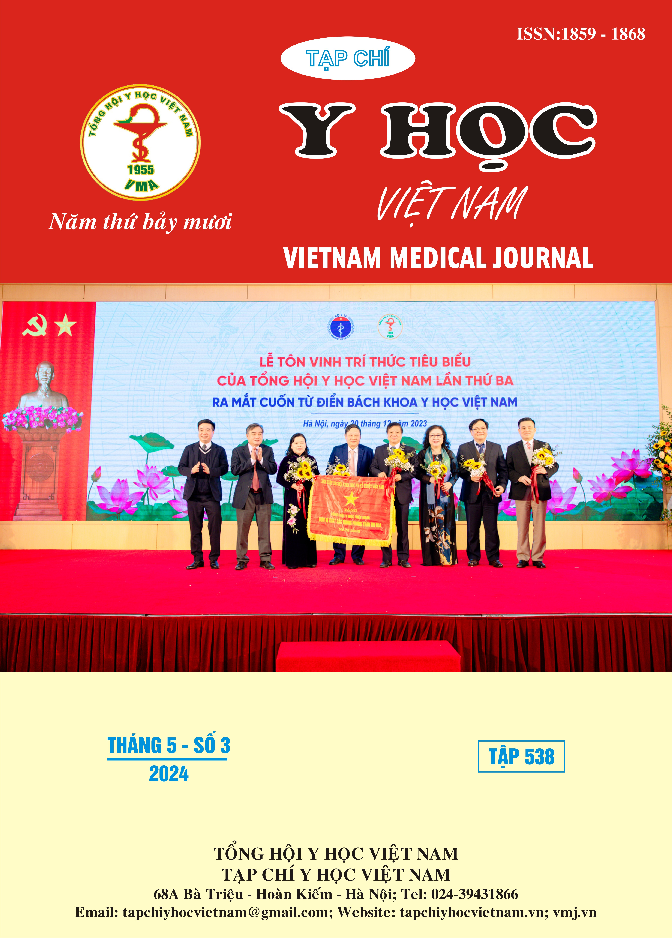EXPRESSION AND PURIFICATION OF HUMAN INTERLEUKIN-33 FUSED WITH SUMO IN ESCHERICHIA COLI
Main Article Content
Abstract
Background: Interleukin (IL)-33 is a new member of the IL-1 superfamily that plays crucial roles in human immune responses via interaction with its ST2 receptor. IL-33 thus appears an attractive target for the drug development against IL-33 related disorders. Our research group has successfully transformed Escherichia coli with plasmid bearing human il33 gene fused with SUMO tag. Objectives: This study aims to examine the culture conditions and the purification process to obtain the recombinant IL-33. Methods: Expression conditions for optimal soluble recombinant IL-33 were examined, including culture medium (LB, TB, ZYP-5052); temperature (25°C and 37℃). The recombinant IL-33 fused with SUMO tag was purified by immobilized metal affinity chromatography method (IMAC). Results: The transformed E. coli BL21(DE3) can express soluble SUMO-IL-33 with high yield in autoinduction medium ZYP-5052 at 25°C. From 50 mL of bacterial culture, we obtained approximately 20 mg of purified protein by Ni Sepharose column. Conclusion: In this study, we have examined the culture and the purification conditions suitable to obtain soluble SUMO-IL-33 with high yield.
Article Details
Keywords
recombinant human interleukin-33, IMAC, pET-SUMO, E. coli
References
2. Studier, F. W. (2005) “Protein production by auto-induction in high-density shaking cultures”, Protein expression and purification, 41(1), pp. 207-234.
3. Bradford, M. M. (1976). “A rapid and sensitive method for the quantitation of microgram quantities of protein utilizing the principle of protein-dye binding”, Analytical biochemistry, 72(1-2), pp. 248-254.
4. Rosano G. L., Ceccarelli E. A. (2014), “Recombinant protein expression in Escherichia coli: advances and challenges”, Frontiers in microbiology, 5, 172.
5. Sørensen H. P., Mortensen K. K. (2005), “Soluble expression of recombinant proteins in the cytoplasm of Escherichia coli”, Microb Cell Fact, 4(1), 1.


